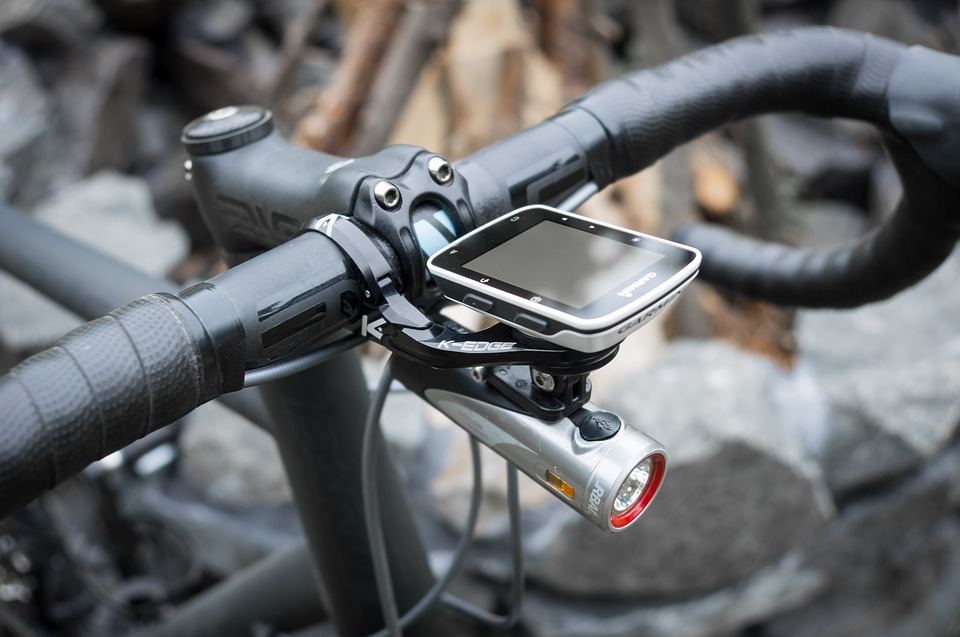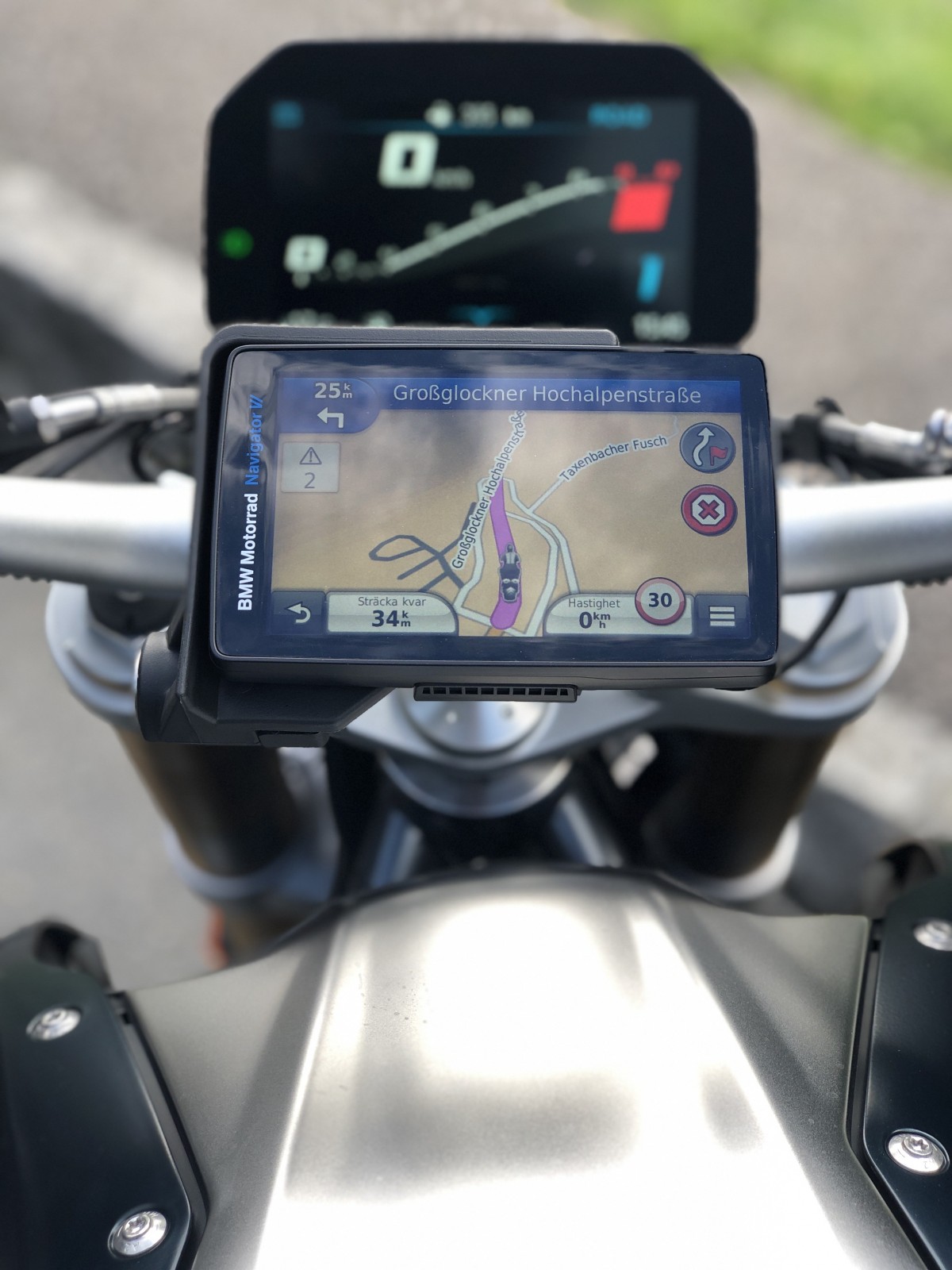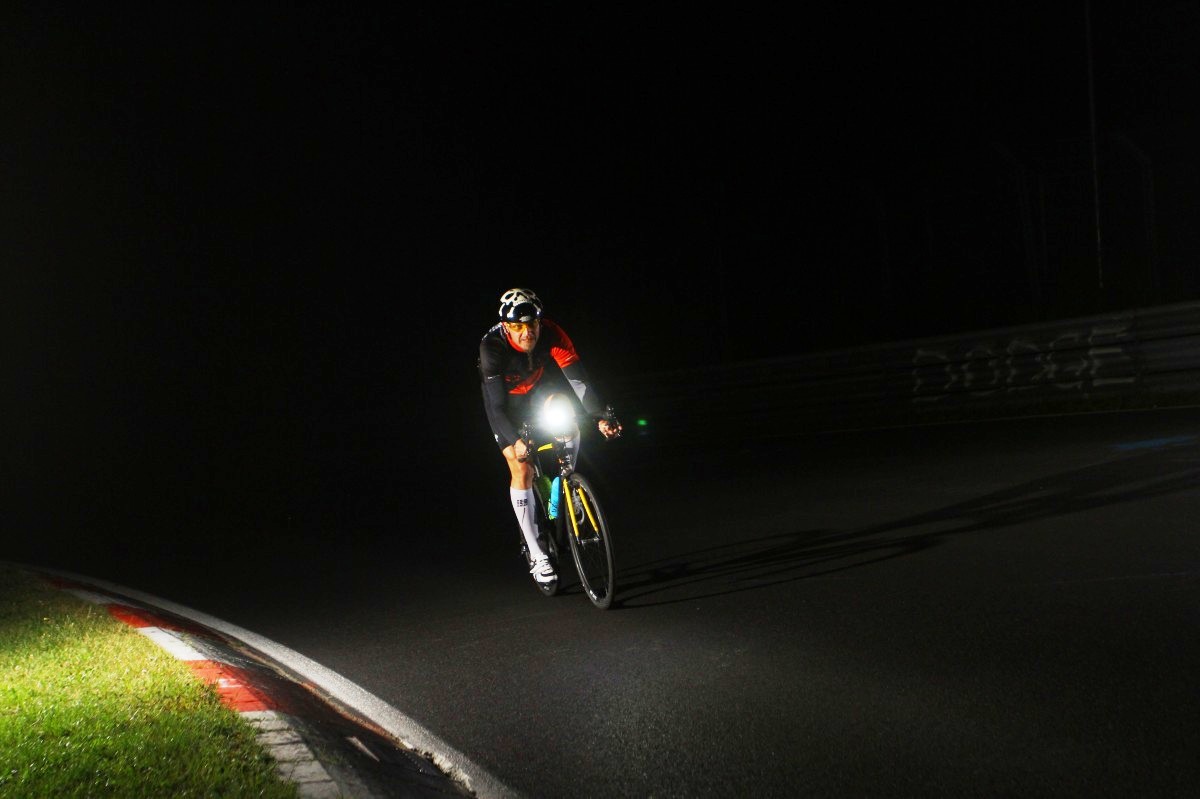How to Choose Your Bike Computer
The bike computer is also known to cyclists as the odometer.
Along with the bike lock and the bike bag, the bike computer belongs to the accessories of the cyclist.
The bike computer: a performance companion
The bike computer, or odometer, is a small electronic or mechanical device that measures the distance travelled. It is placed:
– on the handlebars, in the cyclist’s field of vision,
– or in the cyclist’s pocket.
Thanks to technological advances, it now offers more advanced features: weather or satellite guidance (GPS).
How a bike computer works
A bike computer consists of several components:
– An information unit is placed in view of the driver on the handlebars, wrist, or arm. It can have a digital, liquid crystal, LED, 3D, black and white, or colour display.
– A data capture unit is placed at the source on the fork, spoke, pedals, rear hub, and the cyclist’s chest.
– Various sensors:
– A GPS: no need for an internal sensor, a synthetic voice guides the driver in real-time.
– A sensor of pedalling frequency, speed, heart rate and power.
Note: a wireless sensor broadcasts + telephone signal: analog, encrypted, digital.
Caution! It is important to choose the nature of the signal to avoid interference. Two devices of different brands can be incompatible.
Mechanical, electronic or wireless bike computer?

There are three types of bike computers:
1. Mechanical computer:
Nowadays, the mechanical computer has become quite rare and is composed of two units:
one is placed at the bottom of the fork to take readings,
the other is on the handlebar to deliver results.
Like a classic dynamo, the mechanical speedo is noisy.
2. Electronic speedometer:
It works much like the previous model, with a sensor at the bottom of the fork.
The difference is that a magnet located on the spokes supplies electricity to the computer with each revolution of the wheel.
A screen placed in the driver’s field of vision displays the results.
3. Wireless computer:
Nowadays, the bike computer no longer needs a power supply since it has a battery that offers nice autonomy.
Computer functions: speed, performance, GPS, etc.
A bike computer has various functions that allow the cyclist to measure his performance very accurately. Static functions: speed, temperature, altitude, etc. The bike computer allows different calculations:
– different speeds: average, instantaneous, distances, etc.,
– pedalling rate: instantaneous, average, maximum,
– heart rate: instantaneous, average, maximum, calories burned, etc,
– temperature: minimum, maximum, in real-time,
– altimeter: altitude, ascent speed, descent speed, etc,
– ascent: vertical speed, percentage of slope, etc,
– satellite route: maps, voice guidance, route recording,
Its additional functions: the bike’s memory, possible use on several bikes, data recording, and data processing on computer support.
Mobility functions: sharing via the Internet
Depending on the power of the network, some bike computers can be connected to the Internet. This allows the cyclist to share his or her performance during training, for example.
Choosing your bike computer: criteria, autonomy, reliability

Buying a bike computer is expensive, but necessary to improve your performance. It is not a question of choosing it lightly.
Which bike computer for which use?
Here are the different ways of using the bike computer:
|
Use of counters |
Bike computer |
|---|---|
|
Walk |
Basic model: distance and speed calculation. |
|
Hiking |
A model with GPS: distance and speed calculation + route guidance. |
|
Sport |
Advanced model: distance and speed calculation + route guidance + heart rate, cadence, altitude. |
|
Competition |
Full model: distance and speed calculation + route guidance + heart rate, cadence, altitude, power sensor. |
|
Multi-disciplinary (road, touring, city, BMX) |
The multi-bike model keeps track of the information recorded on the different bikes. |
|
Multi-sport (triathlon) |
Multi-sport model: compatible with cycling, running, walking, etc. |
The criteria for choosing a bike computer
Before investing in a bike computer, it is necessary to focus on certain criteria like waterproofness,
robustness, luminosity, compatibility with other accessories, ease of installation and maintenance, and clarity of the information provided. Finally, look at whether the model is detachable or not.
The autonomy of the bike computer
A bike sensor is battery-operated, with limited autonomy. Be careful! On battery-operated models, even the sensors need a battery.
The autonomy of a bike computer varies according to the weather and the number of features used. The presence of the GPS reduces the autonomy considerably:
|
Bike computer |
Entry-level |
High end |
|---|---|---|
|
Without GPS |
3 000 km. |
5 000 km. |
|
With GPS |
10 hrs |
20 hrs |
Bike computer: from $15
The bike computer has become accessible to everyone and in multiple stores, especially on the web. The price depends on the model, the features and therefore the range. Count at least $15 for the entry-level and $400 for the top of the range…



[…] Sound off in the comments section below and tell us what you want to read next and if you want to read more about Samsung. […]